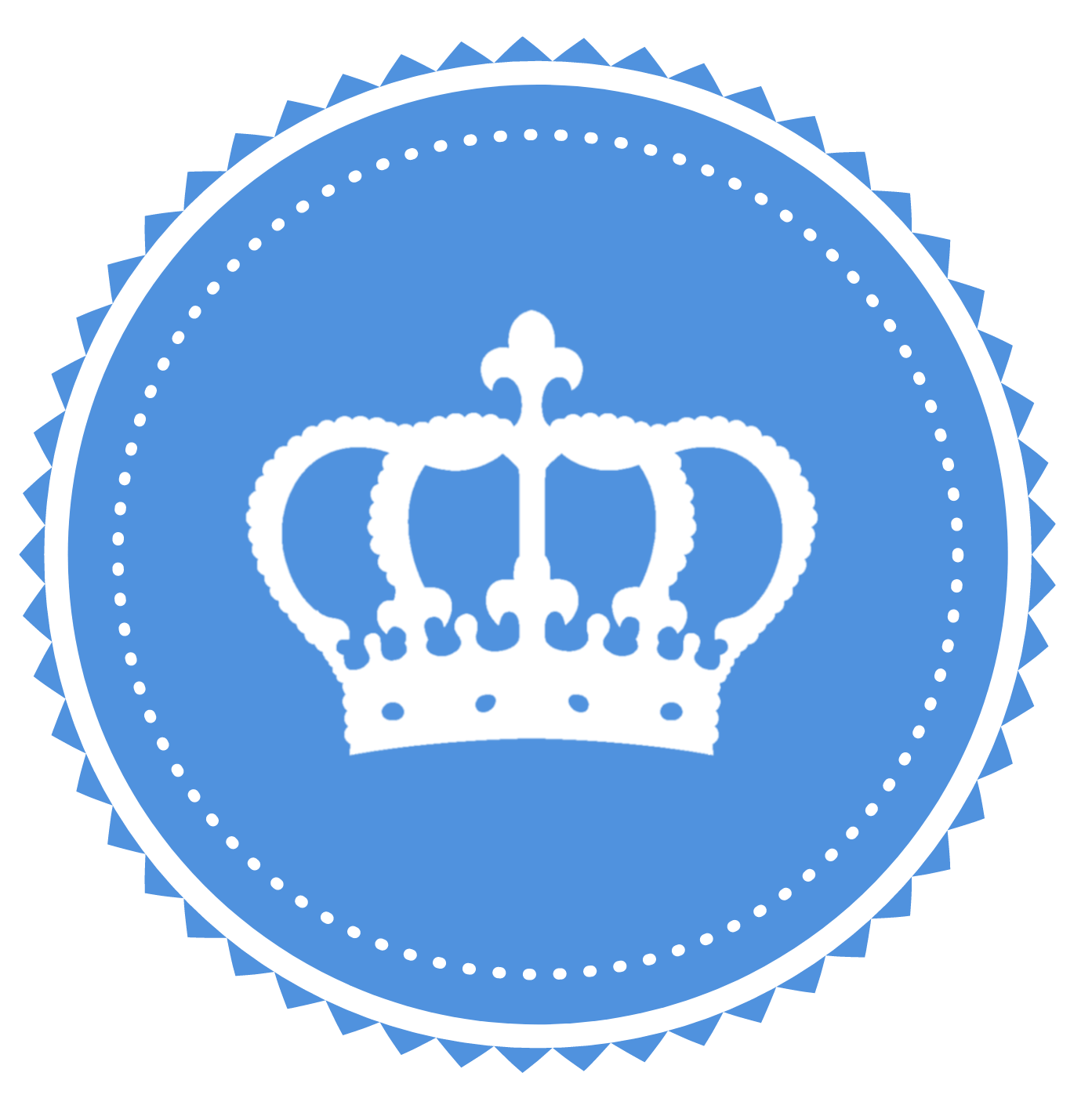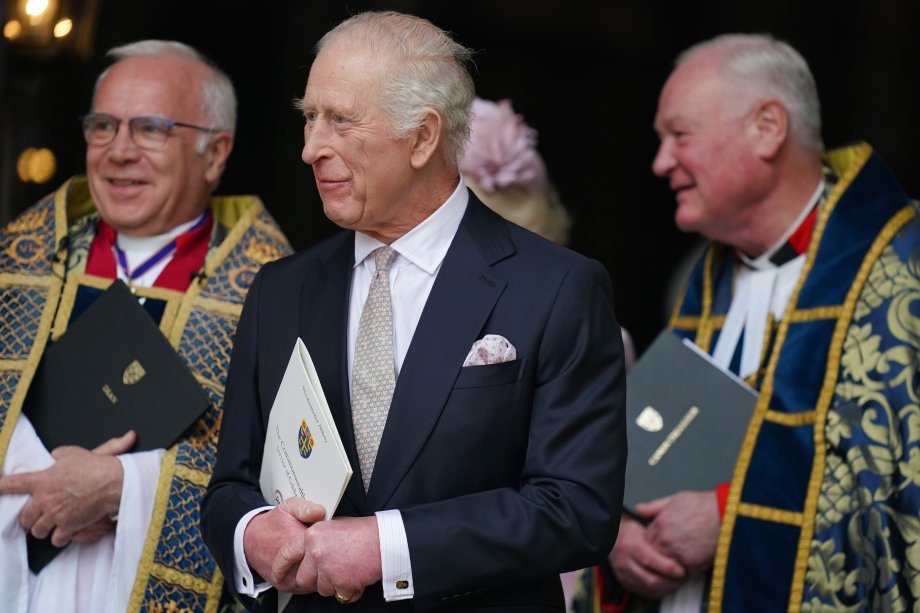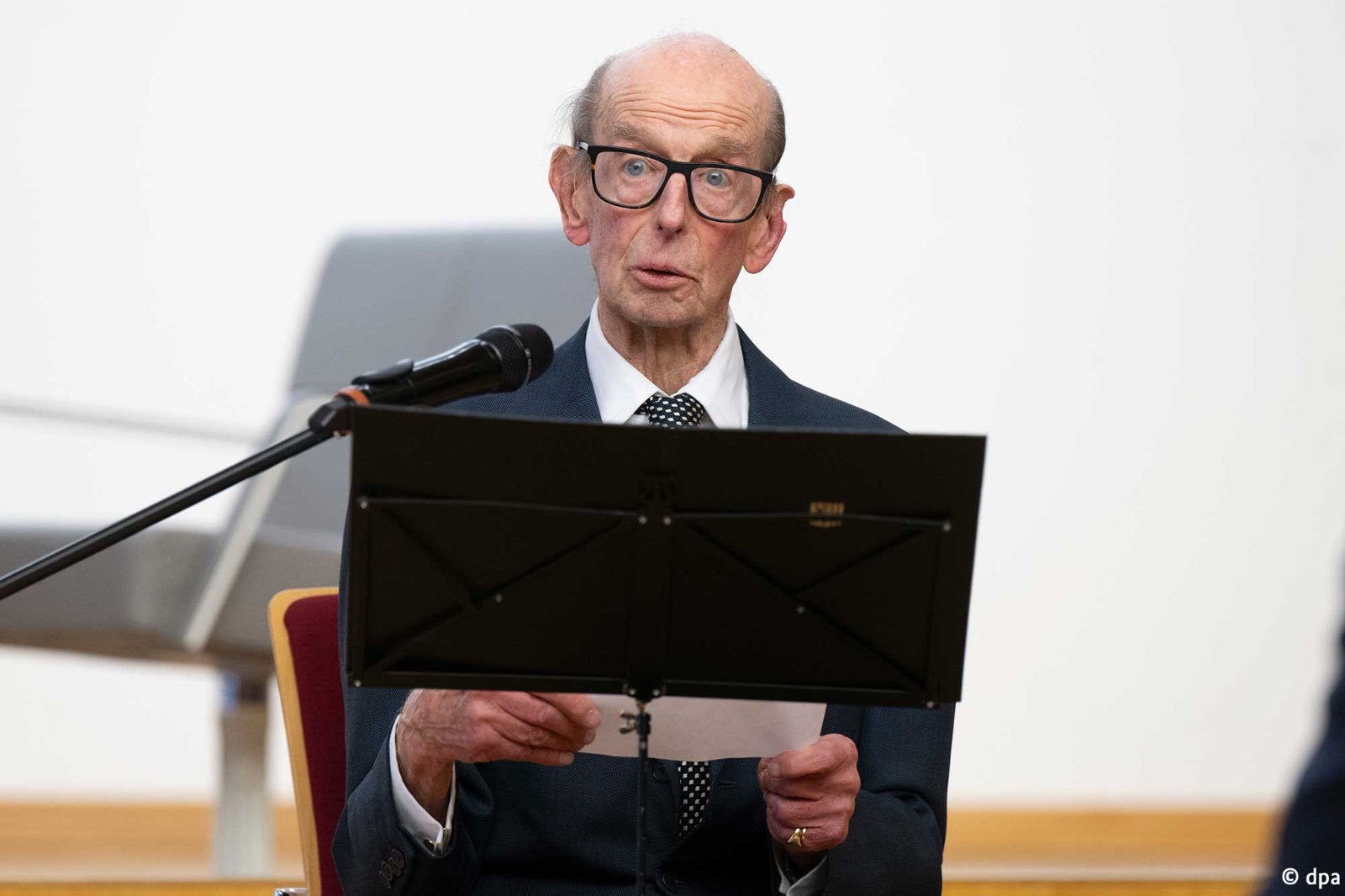Today, all eyes were on London as the Coronation of King Charles III and Queen Camilla took place. It’s the first coronation in nearly 70 years, with the last coronation being Elizabeth II’s in 1953.
Starting at 7am, guests started to arrive at Westminster Abbey. The guest list comprised of 2,200 individuals, much shorter than Elizabeth II’s guest list of over 8,000, while thousand more waited outside in the rain.
Embed from Getty Images Embed from Getty Images
Famous guests were seen as part of the congregation, including Katy Perry, Ant & Dec, Joanna Lumley and Stephen Fry. Foreign royals included The King and Queen of the Netherlands, The King and Crown Princess of Sweden, and The King and Queen of Spain.
Heads of State and politicians included British Prime Minister Rishi Sunak, Leader of the Opposition Sir Keir Starmer, former British Prime Ministers, the First Lady of the United States, and the Ukrainian Prime Minister’s wife, as well as Commonwealth leaders.
Embed from Getty ImagesEmbed from Getty Images
Beginning at 10:20am, The King’s Procession saw The King and Queen ride in the Diamond Jubilee State Coach down the Mall via Admiralty Arch, along the south side of Trafalgar Square, past Whitehall and Parliament Street, around the east and south sides of Parliament Square to Broad Sanctuary, to finally arrive at the Abbey.
Thousands had lined the Mall hoping to get a glimpse of Their Majesties and the Royal Family.
The King’s Procession featured over 1,000 Armed Forces personnel from all three services and Standard Bearers of the Royal British Legion, Uniformed Civilian Services and Community Organisations.
Charles and Camilla’s Pages of Honours (including Prince George), Equerries and The Queen’s Ladies in attendance travelled by coach behind the Procession.
During the procession, members of the Royal Family were seen arriving. The Duke of Sussex, The Duke of York, Princess Beatrice and Edo Mapelli Mozzi, Princess Eugenie and Jack Brooksbank, Peter Philips and Mike and Zara Tindall were pictured arriving together.
Next, the working members of the Royal Family arrived. The Duke and Duchess of Edinburgh arrived with their two children, Lady Louise and James, Earl of Wessex, followed by The Princess Royal and her husband, Sir Tim Laurence.
Due to a delay, The Prince and Princess of Wales, Princess Charlotte and Prince Louis were seen arriving after The King and Queen. To combat the timing issue, the Wales’ followed Their Majesties into the Abbey.

William and Catherine were late to the coronation, and had to follow The King into the abbey (Kensington Palace)
Arriving at the Coronation Service, His Majesty was seen to be wearing a Crimson Coronation Tunic and cream silk overshirt with Royal Naval trousers, plus his Robe of State.
As The Queen stepped out of the coach, we saw her Coronation dress for the first time. It was designed by Bruce Oldfield with an ivory, silver and gold colour palette, with bracelet length sleeves, and v-neck neckline. She was also wearing her Robe of State and the Coronation Necklace.
Other royal women with a Royal Victorian Order, including The Princess of Wales Duchess of Edinburgh wore their RVO robes and a floral headpiece in place of tiaras. Men who are part of the Order of the Garter wore their robe.
The ceremony lasted two hours and featured traditional and modern elements. It began with Samuel Strachan, Child of His Majesty’s Chapel Royal, addressing The King: ‘Your Majesty, as children of the kingdom of God we welcome you in the name of the King of kings’. His Majesty replied by saying that he had ‘come not to be served but to serve’. This was a new feature.
At the moment of enthroning, we saw a range of coronation regalia used to represent different aspects of Monarchy, power, and faith.
However, it was Conservative politician Penny Mordaunt, who gained attention having carried the Sword of State for most of the ceremony (the first time that a woman has performed this role).
After she handed the Sword of State to The King, she was then presented with the Jewelled Sword of Offering. Ms Mordaunt is the Leader of the House of Commons and Lord President of the Privy Council; she led Charles’ Accession Council last year.
His Majesty was given the Sovereign’s Orb and Sceptre, touched the Sovereign’s Ring and wore historical vestments that have been worn by his predecessors.
We then saw The King crowned with St Edward’s Crown and cheers of ‘God save The King’ erupted throughout the Abbey.

The Archbishop of Canterbury crowns The King (Justin Welby)
After The King had been crowned, The Prince of Wales pledged allegiance to His Majesty. Previous services have seen all royal Dukes and peers pay homage -however, to demonstrate a modern, slimmed-down Monarchy, and a society where aristocrats and peers have little role, only William gave his promise.
William knelt before his father and said: ‘I, William, Prince of Wales, pledge my loyalty to you, and faith and truth I will bear unto you, as your liege man of life and limb. So help me God’.
His Royal Highness touched St Edward’s Crown then kissed his father’s cheek.
Another key moment in the service was the crowning of Queen Camilla. Breaking from tradition, Camilla had opted to reuse a crown that had been worn by a previous Queen Consort for their coronation, due to the The King and Queen’s interests in ‘sustainability and efficiency’. Her Majesty chose Queen Mary’s crown.
The crown had been modified to give it a unique look: four of the Crown’s eight detachable arches were removed to create a different silhouette and the Crown was reset with the Cullinan III, IV and V diamonds, which were part of Elizabeth II’s personal jewellery collection.

Camilla is crowned (Justin Welby)
Music throughout the Coronation represented the Commonwealth and the UK, with performers and composers drawn from throughout. Five of the composers were women, seven were men; it is the first time music composed by women was included in the Ceremony.
Newly commissioned pieces of music were performed, with a range of musical styles and performers blend tradition, heritage and ceremony with new musical voices of today, which reflected The King’s life-long love and support of music and the arts.
Following the ceremony at Westminster Abbey, The King and Queen were then led in the outward procession through the Abbey. They got into the Gold State Coach to begin their journey back to Buckingham Palace.
The Prince and Princess of Wales, Princess Charlotte and Prince Louis travelled in the Australian State Coach. The Duke and Duchess of Edinburgh, Lady Louise and James, Earl of Wessex travelled in the Irish State Coach, whilst Sir Tim Laurence and The Duke and Duchess of Gloucester travelled in the Scottish State Coach behind.
Embed from Getty Images
Embed from Getty Images
The Princess Royal, as Colonel of the Blues and Royals was Gold Stick-in-Waiting and was riding in the Procession following Their Majesties directly.
When the Procession arrived back at Buckingham Palace, they lined up on Palace Gardens, waiting for the newly-crowned King and Queen.
In front of around 4,000 troops, Their Majesties received a Royal Salute and three cheers in the Palace Garden from military personnel who had been on parade, including The Princess Royal. They were still in their robes and crowns.
Around 30 minutes later, King Charles and Queen Camilla appeared on the balcony of Buckingham Palace for the flypast. However, due to the poor weather, the flypast was significantly reduced to only a couple of minutes, but had been scheduled for around seven minutes. The flypast consisted of just helicopters and the Red Arrows team.
The King and Queen were joined by working members of the Royal Family, their Pages of Honour and The Queen’s Ladies in Attendance.

The Royal Family on the balcony at Buckingham Palace after the coronation

The Coronation of King Charles III – Charles and Camilla wave from the balcony at Buckingham Palace





